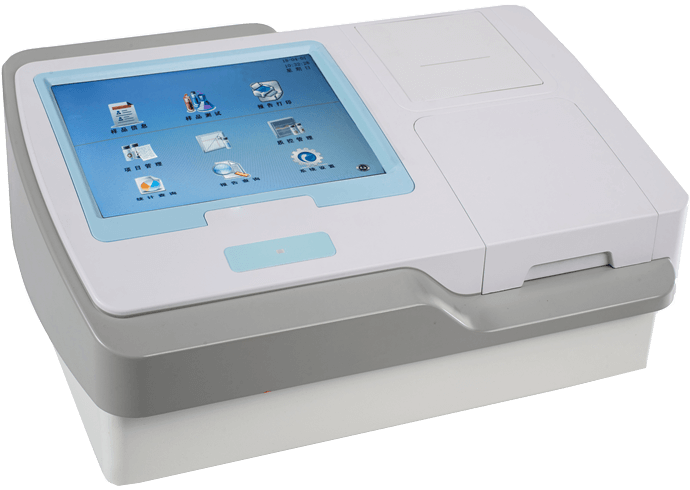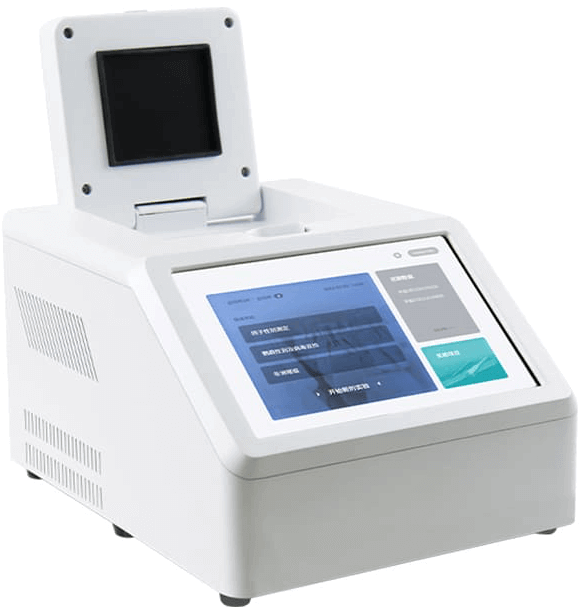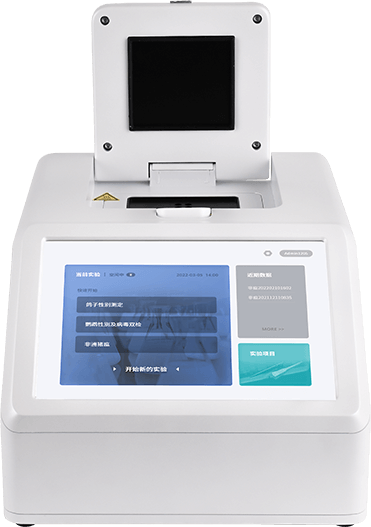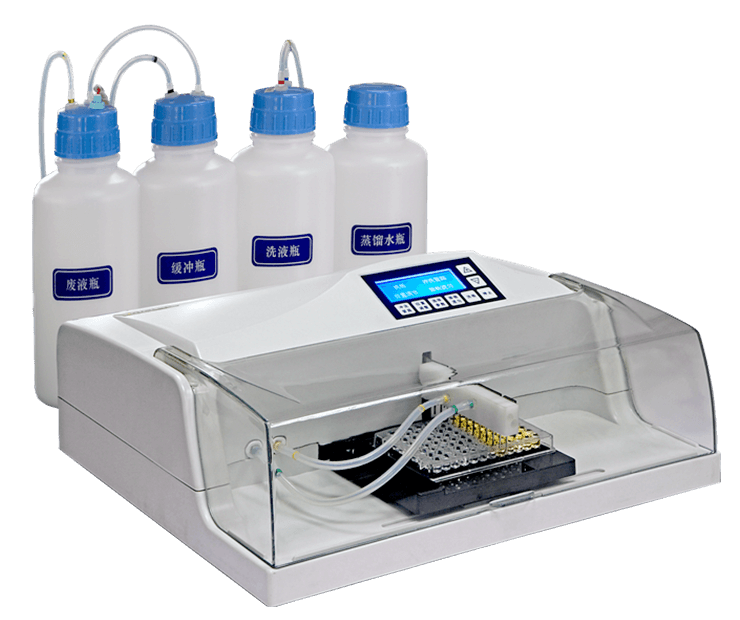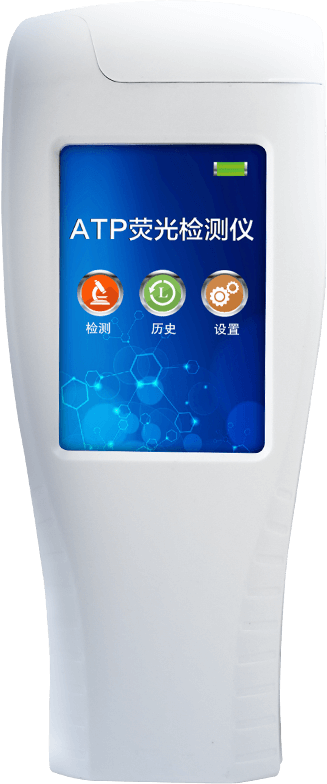
Cleanliness Tester
- Product Number:LD-ATP
- Product Difference:Applied to bacterial microbial detection, surface cleanliness testing, food safety, environmental protection testing, medical and health sectors, etc
Product Introduction
The Cleanliness Detector is a newly upgraded product featuring a large touchscreen display that replaces traditional buttons. It employs a biochemical reaction method to detect ATP content. Based on the firefly bioluminescence principle, the ATP Fluorescence Detector utilizes the “luciferase-luciferin system” to rapidly detect adenosine triphosphate (ATP).
ATP swabs contain reagents that lyse cell membranes, releasing intracellular ATP. This ATP reacts with specific enzymes in the reagent to produce light. A luminometer then measures the light intensity. Microbial counts correlate directly with light output. Since all living cells contain a constant amount of ATP, ATP levels clearly indicate microbial and other biological residue in samples, serving as a hygiene indicator.
Cleanliness testers are widely applied across diverse industries including bacterial and microbial detection, pharmaceutical hygiene, food safety, market enforcement, surface cleanliness testing, medical epidemic prevention, water quality and water administration, production line sanitation, industrial water treatment, environmental protection testing, customs entry-exit quarantine, and other law enforcement agencies.
Product Features
Practicality: Upper and lower limit values can be set based on environmental detection requirements, enabling rapid data assessment and early warning, as well as quick screening of surface cleanliness.
High interactivity: Features an Android high-sensitivity touch interface and a high-speed data processing chip for faster operation and enhanced stability.
Uses a rechargeable lithium battery, eliminating the need for battery replacement.
Speed: Conventional culture methods take 18-24 hours or more, while ATP detection requires only tens of seconds.
Equipped with a miniUSB port for uploading results to a PC, along with dedicated software that uses a USB drive instead of traditional CDs.
Enhanced Experience: The test tube sleeve features a flexible plug-and-play design for regular cleaning and long-term use, extending the instrument's lifespan.
Feasibility: A clear correlation exists between microbial count and ATP content within microorganisms. By measuring ATP levels, microbial quantities in reactions can be indirectly determined.
Operational Simplicity: Traditional culture methods require trained technicians in a laboratory setting; ATP rapid cleanliness testing is extremely straightforward, allowing on-site operation by general staff after minimal training.
Performs a 30-second self-check upon startup with an internal self-calibrating light source.
Allows customizable upper and lower limit values.
Automatically determines pass/fail results.
Product parameters
| Display | 3.5-inch high-precision graphic touchscreen |
| Processor | 32-bit high-speed data processing chip |
| Testing Time | 15 seconds |
| Detection Interference | ±5% or ±5 RLUs |
| Operating Temperature Range | 5°C to 40°C |
| Operating Humidity Range | 20–85% |
| ATP Recovery Rate | 90-110% |
| Detection Modes | RLU, Coliform Screening |
| Storage Life (20°C) | 6 months |

 +86 19353291814
+86 19353291814
 +86 19353291814
+86 19353291814